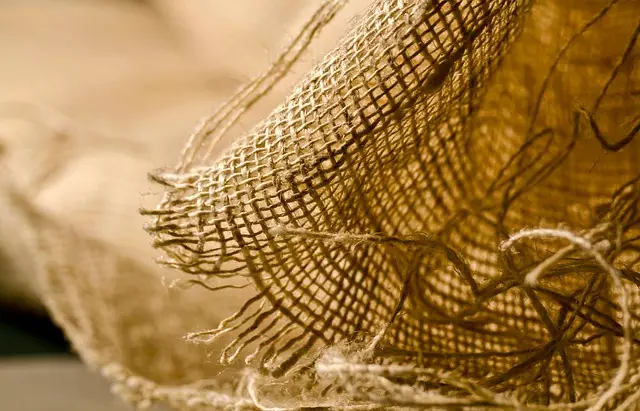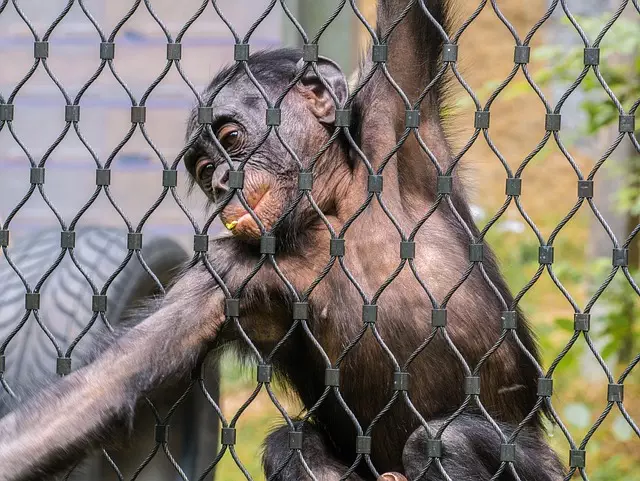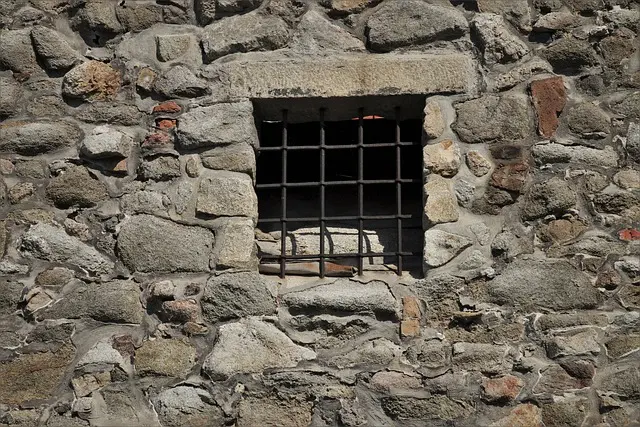Maeng Da Kratom Powder, known for its potency and unique properties, originates from Thailand's Mitragyna speciosa plant. Growing this variety requires understanding environmental factors like climate, soil composition, and sunlight exposure in tropical regions with warm and humid conditions. Proper harvesting techniques ensure peak freshness and maximum potency through high mitragynine levels. Cultivating Kratom plants involves creating specific care conditions, including well-draining soil, bright indirect sunlight, and optimal humidity levels, leading to robust growth and high-quality powder. Enthusiasts can grow their own Maeng Da Kratom by following these steps: starting with high-quality seeds, preparing a well-draining growing medium, maintaining warm and humid conditions, providing regular feeding, and optimizing light and temperature.
“Discover the enchanting world of Maeng Da Kratom Powder, a potent and sought-after variety with unique properties. This guide explores everything from the science behind its cultivation to the step-by-step process of growing your own kratom plant at home. Learn about the ideal growing conditions and harvesting techniques for optimal results. By understanding the properties and uses of Maeng Da Kratom Powder, you’ll unlock a natural remedy with potential therapeutic benefits. Additionally, we provide valuable insights into how to cultivate a thriving kratom plant, offering a comprehensive resource for both beginners and enthusiasts interested in ‘how to grow a kratom plant’.”
- Understanding Maeng Da Kratom Powder: Properties and Uses
- The Science Behind Growing Kratom Plants
- Step-by-Step Guide to Cultivating Your Own Maeng Da Kratom
- Ideal Conditions for Healthy Kratom Plant Growth
- Harvesting and Processing Maeng Da Kratom Powder
Understanding Maeng Da Kratom Powder: Properties and Uses

Maeng Da Kratom Powder, known for its potent effects and distinct properties, is a highly sought-after variety in the world of kratom. This specific strain originates from Thailand and is renowned for its rich history and unique growing conditions, which contribute to its superior quality. The plant itself, scientifically known as Mitragyna speciosa, has been cultivated and used for centuries in Southeast Asia for its medicinal properties. Understanding how to grow a kratom plant is essential for both enthusiasts and researchers, as it allows for access to this powerful natural resource.
The cultivation process involves careful consideration of environmental factors such as climate, soil composition, and sunlight exposure. Maeng Da kratom plants thrive in warm and humid conditions, making tropical regions ideal for their growth. Proper harvesting techniques are also crucial; the leaves are carefully picked at their peak freshness to ensure maximum potency. This meticulous approach results in a product known for its high levels of mitragynine, the primary active alkaloid in kratom, offering a range of potential therapeutic benefits and a unique user experience.
The Science Behind Growing Kratom Plants

The cultivation of Kratom plants, scientifically known as Mitragyna speciosa, involves a fascinating blend of botany and environmental stewardship. Growing this tropical tree from seed or cuttings requires understanding its unique needs. Kratom plants thrive in humid conditions with partial to full sun exposure—a mimicry of their natural habitat in Southeast Asia. Soil composition is key; well-draining, nutrient-rich soil promotes healthy growth. The process begins with propagation, where seeds are germinated and young seedlings nurtured until they’re robust enough for transplantation. Careful monitoring of light intensity, temperature, and humidity ensures the plants develop sturdy stems and abundant foliage.
Nurturing a Kratom plant involves regular feeding with balanced fertilizers to support its evolving needs. As they mature, structural support may be required as the tree develops a distinct central stem. Pruning encourages bushier growth and promotes better leaf production. The science behind how to grow a kratom plant extends beyond mere survival; it involves optimizing conditions to harness the plant’s natural properties, ensuring high-quality Kratom powder that has become increasingly sought after globally.
Step-by-Step Guide to Cultivating Your Own Maeng Da Kratom

Cultivating your own Maeng Da Kratom (Mitragyna speciosa) can be an intriguing journey for enthusiasts and those curious about this herbal plant. Here’s a step-by-step guide to help you grow your own kratom tree from seed to harvest.
1. Obtain High-Quality Seeds: Start by sourcing fresh, high-quality Maeng Da Kratom seeds. You can find these online or through specialized botanical suppliers. Ensure the seeds are viable and from a reputable source to guarantee better germination rates.
2. Prepare the Growing Medium: Kratom plants thrive in well-draining soil rich in organic matter. Use a mix of potting soil, perlite, and coconut coir to create an ideal environment for seedling development. Fill a container or seed tray with this mixture, ensuring proper drainage by adding small stones at the bottom.
3. Germination: Sow your seeds approximately 0.5 cm deep into the growing medium. Keep the soil consistently moist but not waterlogged. Maintain a warm and humid environment; you can use a propagation dome or cover the container to retain moisture. Germination typically occurs within 7-14 days, indicated by the appearance of tiny sprouts.
4. Care for Seedlings: Once seedlings emerge, provide bright, indirect light. Keep the soil moist, and consider using a liquid fertilizer diluted to half the recommended strength to promote healthy growth. As the plants grow, transplant them into larger containers with fresh potting mix, ensuring proper drainage.
Ideal Conditions for Healthy Kratom Plant Growth

To ensure healthy growth and optimal yield of Maeng Da Kratom plants, understanding ideal conditions is paramount. These resilient plants thrive in well-draining soil, typically a mix of loam, peat moss, and perlite, maintained at a pH level between 6.0 and 7.5. Consistent humidity levels are crucial; mimicking the plant’s natural habitat with misting or a humidifier helps maintain moisture without overwatering, which can lead to root rot.
Sunlight is another critical factor. Maeng Da Kratom plants prefer bright, indirect sunlight, with at least 6-8 hours of direct sun per day. Temperatures between 70-90°F (21-32°C) are ideal for their growth, making them suitable for indoor cultivation in controlled environments. Proper ventilation and regular feeding with a balanced fertilizer further support robust plant health and abundant kratom powder production.
Harvesting and Processing Maeng Da Kratom Powder

Maeng Da Kratom Powder, known for its potent effects and distinct taste, undergoes a meticulous process to reach consumers. Harvesting begins with carefully selecting mature kratom trees, typically grown in tropical regions like Southeast Asia. The leaves are then carefully hand-picked, ensuring only the best quality is collected. After harvesting, the leaves go through a series of intricate processing steps. They are dried under the warm sun or using specialized machinery to reduce moisture content, preserving the plant’s potency.
The next crucial stage involves grinding the dried leaves into a fine powder, often done using industrial-grade mills to achieve a consistent texture. This process ensures that each scoop of Maeng Da Kratom Powder delivers an equal dose of active compounds. Proper storage in airtight containers is essential to maintain freshness and potency, preserving the unique flavors and therapeutic benefits this premium kratom variety offers.
Maeng Da Kratom powder, renowned for its potent effects and unique properties, offers enthusiasts a rich experience. Cultivating your own Maeng Da kratom through proper growing conditions and techniques, as outlined in this guide, including understanding its needs and following the step-by-step cultivation process, can ensure a consistent supply of high-quality powder. By mastering how to grow a kratom plant, you’ll unlock not just access to this valuable resource but also a deeper connection to its natural origins.






